Physical Appearance Merino sheep typically have wrinkled skin and distinctive wool covering their faces. They come in various colors, including white, black, and various shades of brown. 4. Varieties of Merino Sheep Merino sheep are classified into several varieties based on the fineness of their wool: Fine Merino Fine Merinos produce the finest wool, prized for its softness and quality. They are primarily raised for high-end apparel and luxury textiles. Medium Merino Medium Merinos produce wool of slightly lower quality than Fine Merinos but are still highly valued in the textile industry. Strong Merino Strong Merinos produce coarser wool, suitable for durable fabrics and outerwear. 5. Merino Sheep Farming Merino sheep farming requires specific conditions for optimal productivity: Ideal Climate and Conditions Merinos thrive in temperate climates with access to clean water and ample pasture. They are adaptable to various terrains, from mountainous regions to open plains. Feeding and Nutrition Proper nutrition is crucial for Merino sheep, especially during lambing and wool production seasons. They require a balanced diet rich in protein, minerals, and vitamins. Breeding Practices Selective breeding is common in Merino sheep farming to improve wool quality, fertility, and resistance to diseases. 6. Uses of Merino Wool Merino wool finds applications in various industries: Apparel Industry Merino wool is highly prized for its softness, breathability, and moisture-wicking properties, making it ideal for activewear, base layers, socks, and accessories. Textile Industry Merino wool is also used in the production of blankets, upholstery, carpets, and interior textiles due to its durability and luxurious feel. 7. Economic Significance Merino sheep farming contributes significantly to the global economy, particularly in countries like Australia, New Zealand, and South Africa, where large-scale Merino farming operations exist. 8. Challenges in Merino Sheep Farming Merino sheep farming faces challenges such as fluctuating wool prices, climate change, and animal welfare concerns, prompting farmers to adopt sustainable practices. 9. Conservation Efforts Efforts are underway to conserve purebred Merino sheep and preserve their genetic diversity to ensure the breed’s long-term survival. 10. Future Prospects Despite challenges, the future looks promising for Merino sheep farming, with growing demand for sustainable and ethically produced wool products worldwide. 11. Conclusion In conclusion, Merino sheep breed holds a special place in the world of agriculture and textiles due to its superior wool quality, adaptability, and economic significance. As consumers increasingly prioritize sustainability and quality, Merino wool continues to be a staple in various industries.

 ENTERTAINMENT8 months ago
ENTERTAINMENT8 months ago
 ENTERTAINMENT1 month ago
ENTERTAINMENT1 month ago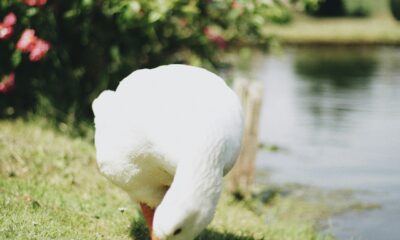
 Poultry1 year ago
Poultry1 year ago
 Livestock1 year ago
Livestock1 year ago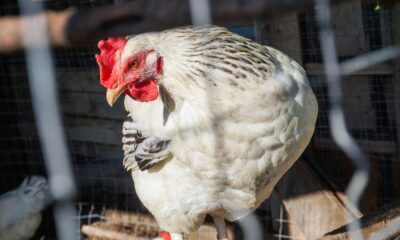
 Poultry1 year ago
Poultry1 year ago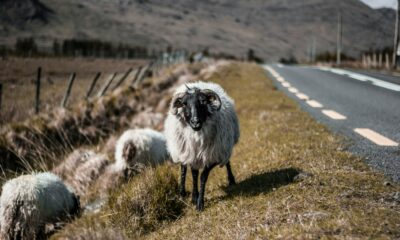
 Livestock1 year ago
Livestock1 year ago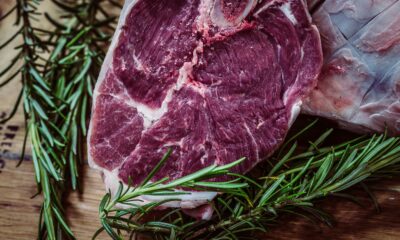
 Poultry1 year ago
Poultry1 year ago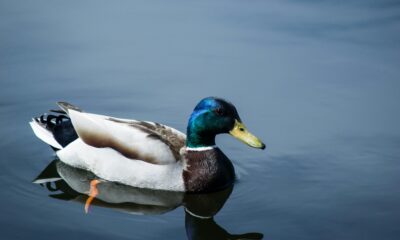
 Poultry1 year ago
Poultry1 year ago